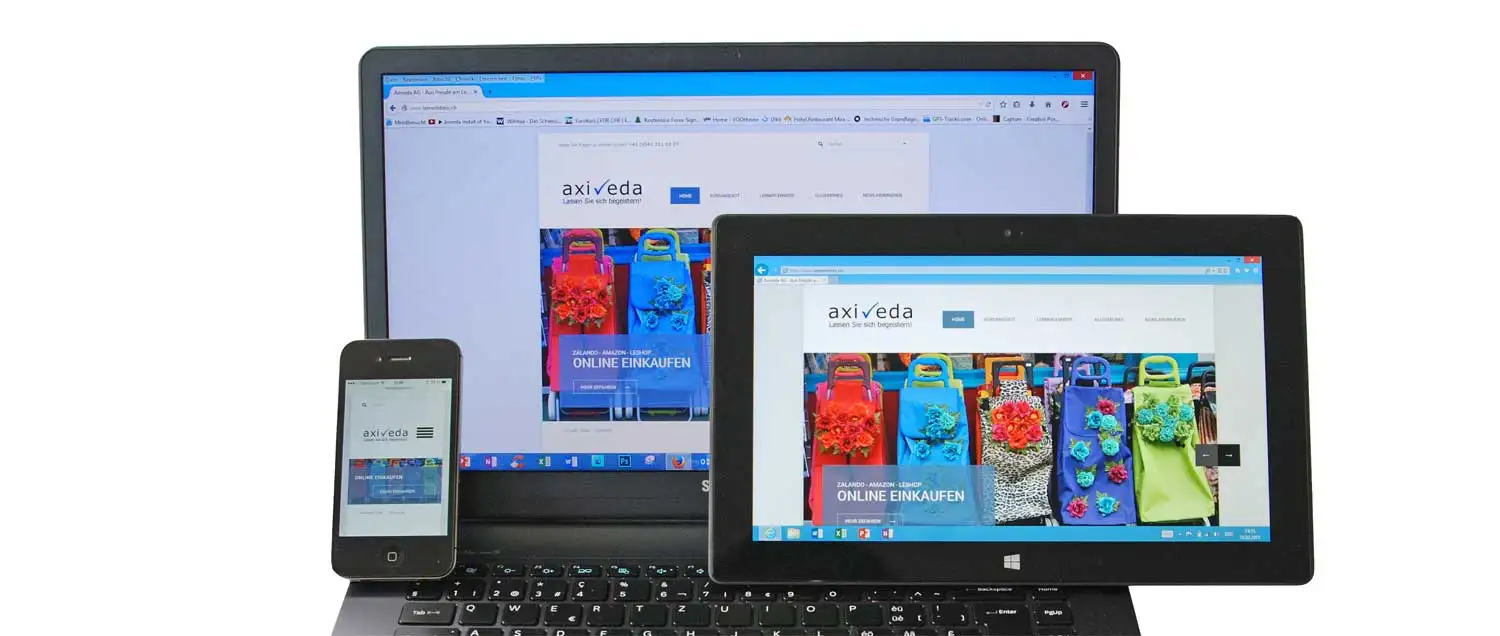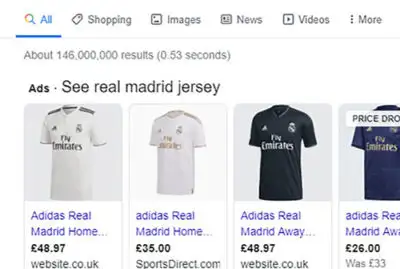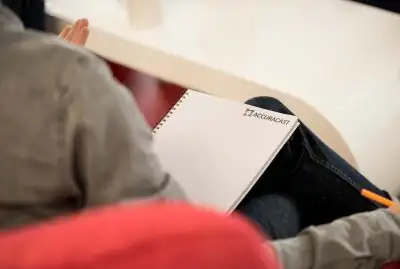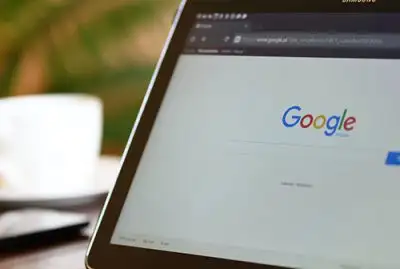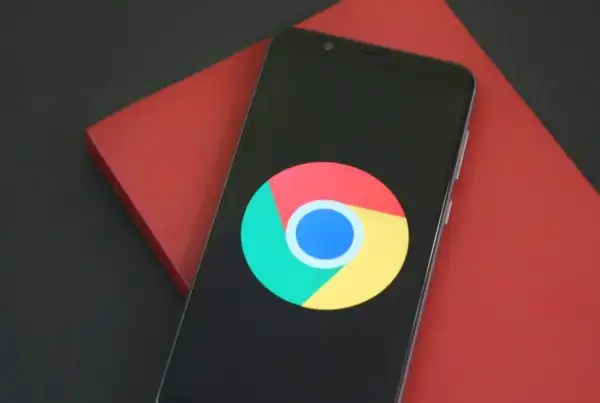Advertisers may be surprised to find out that in the last few weeks Google has started forcing the conversion of plain text display ads into responsive ads with an image. This includes the system automatically picking images from your website, Google Drive, Google+, or AdWords stock images, and displaying them alongside your ad text without your approval.
This change affects all ad sets that use plain text ads in a display campaign. It also affects responsive ads where any one of the image types has not been provided.
Google will automatically select an image that is believed to be representative of the product or service being advertised, and will show it alongside the ad text provided. While the system tends to be fairly smart at picking out images to go with the text, this has become problematic especially for retailers and manufacturers, in cases where AdWords has picked stock images or pictures from Google+ that may not even be products the retailer / manufacturer sells.
New responsive ads are created in Google AdWords using a short and a long headline, a description, the business name, and a destination URL. Advertisers can also provide a logo image, select a call-to-action, and image assets – a square and a rectangular image. These last few bits are optional, though, and AdWords will automatically select them if they haven’t been provided.
Similarly, if the advertiser has only set up plain text ads, AdWords will use the copy from those ads to automatically generate responsive ads, pulling the remaining elements from the various resources available, and applying machine learning to generate an ad unit that it believes is most likely to attract clicks and business.
 |
 |
| Plain text ad | Responsive ad with image |
Verifying how your text ads are actually displayed on the Google Display Network isn’t easy – you essentially have to go out on the world wide web and browse for your ads on placements where you know they’re likely to appear.
Creating responsive ads to replace all plain text ads in Display Network campaigns is the only sure-fire way to control your brand and creative, and eliminate the chances of Google randomly selecting images to go alongside your ads.

